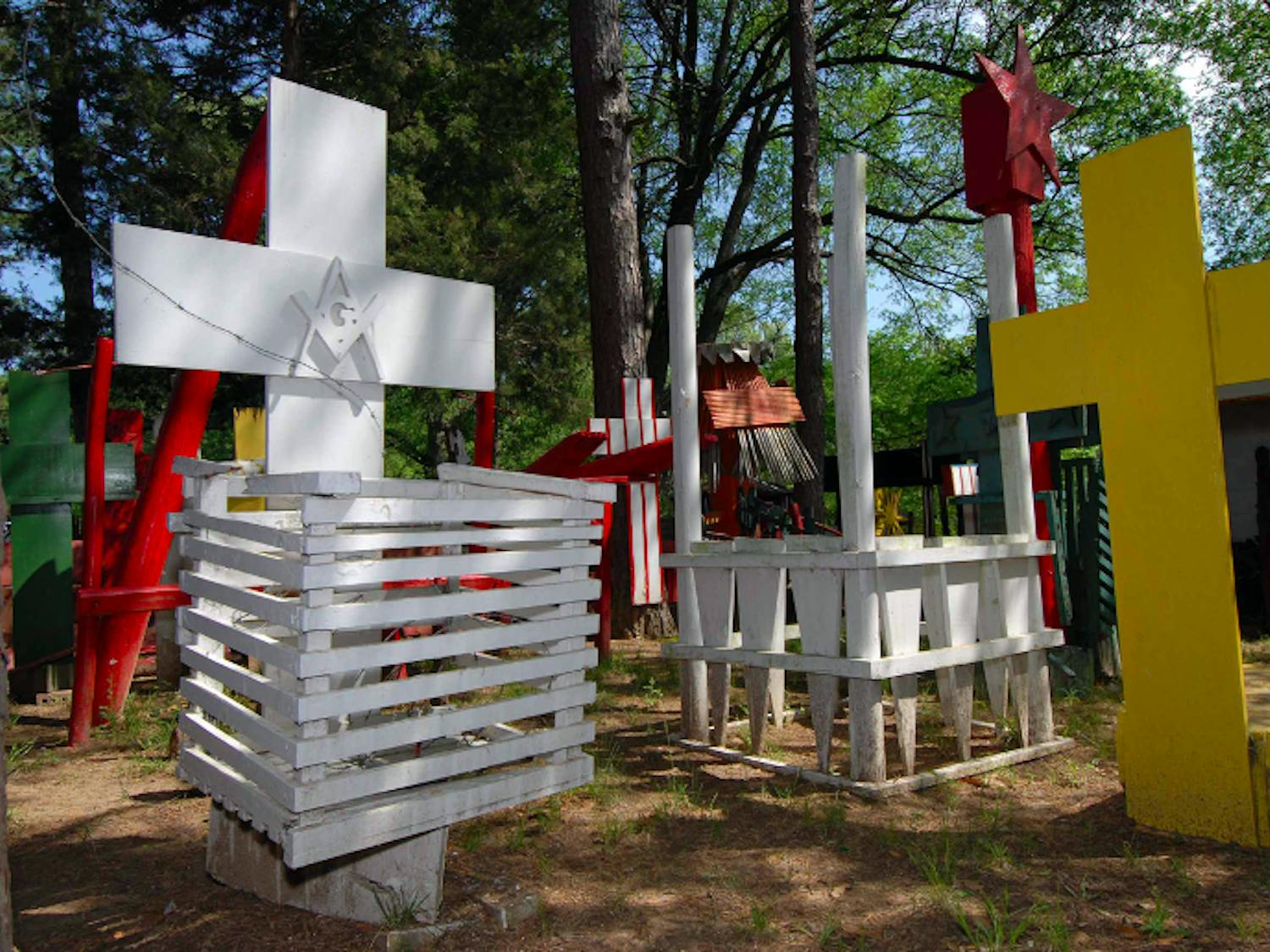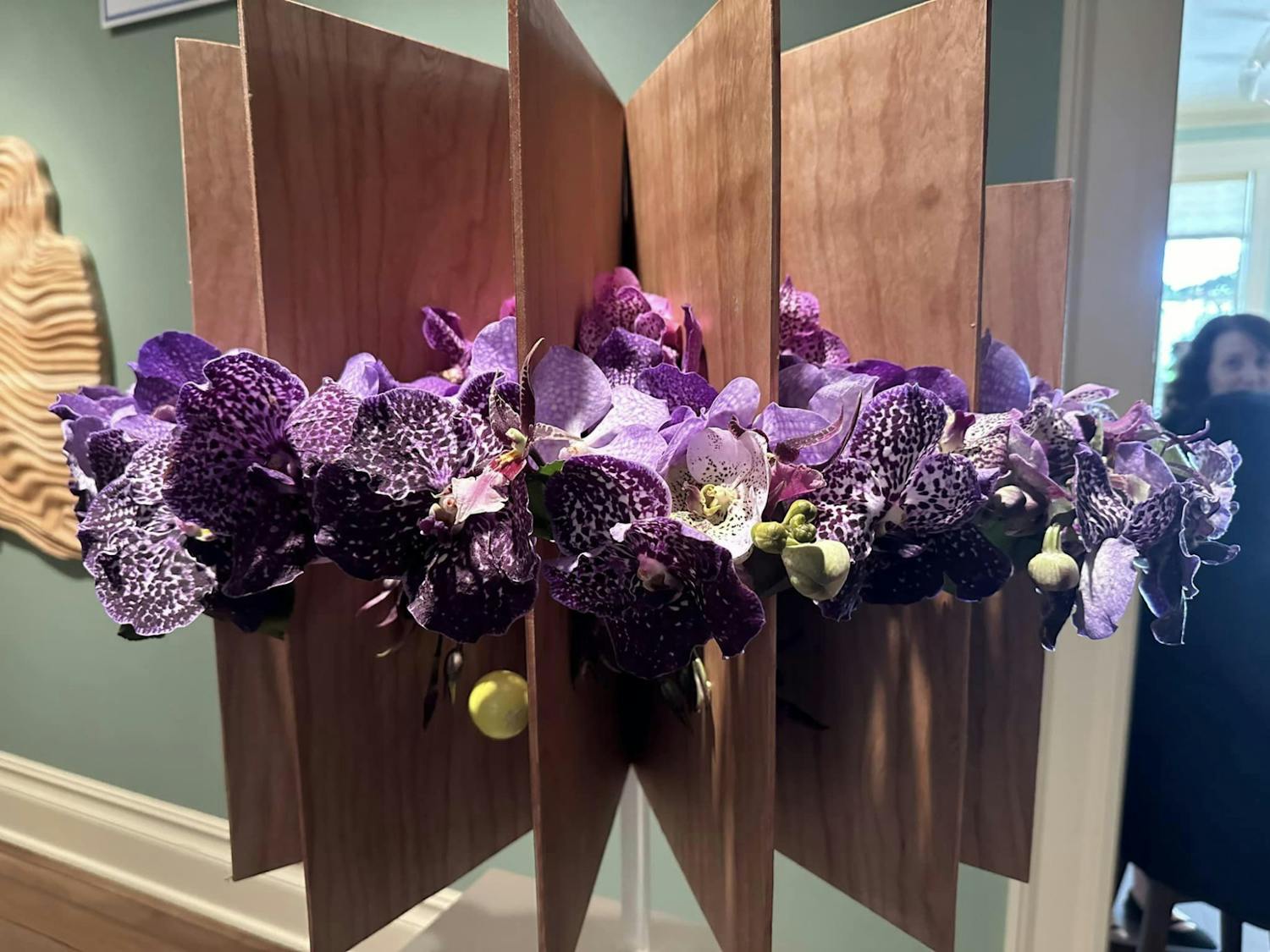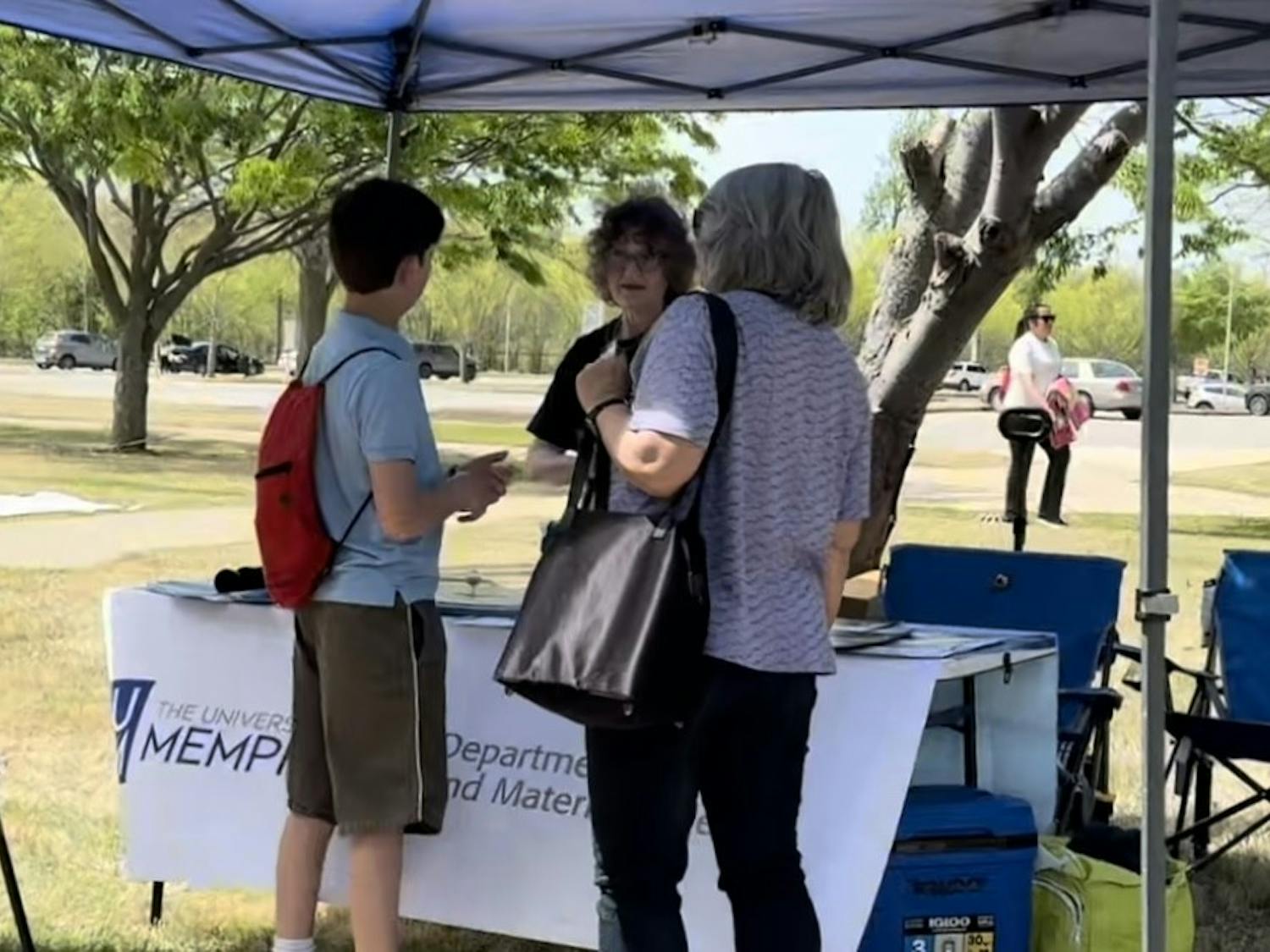A young woman is sitting in front of a laptop, her folded hands not fully hiding the smile on her face at what is visible on the screen. What it shows is the first ever picture of a black hole. What it became known for on social media, too, is a debate about the visibility and recognition of women’s achievement in sciences.
The woman in the picture is 29-year-old Katie Bouman, who holds a PhD in electrical engineering and computer science. She was part of a team of researchers of the Event Horizon Telescope project. Starting in 2017, the project gathered astronomical data with eight radio telescopes that would turn into the first ever image of a black hole. Collation and analysis took the work and collaboration of different teams until April 10, when the final picture was shown to the world.
Since then, people on social media have either celebrated or belittled Bouman, claiming her name was not mentioned enough in regards to the project or questioned her overall contribution.
“If it was a picture of a man in front of the computer, nobody would have thought twice about anything,” 20-year-old Shaylee Larson said.
She is a chemistry sophomore with a chemical engineering emphasis and first generation student at the University of Utah. Larson followed the social media debate of Bouman closely because she runs the social media accounts for her college of science.
“People are making such a big deal about it being a woman instead of us all coming together and supporting that,” Larson said. “There is another layer of controversy to it that shouldn’t really play a role at all.”
What it has done, though, is raise the question of visibility and representation of female scientists in STEM disciplines (science, technology, engineering and mathematics). Different universities have different initiatives to support women.
One of them is the ACCESS program for Women in Science & Mathematics at the University of Utah. It is part scholarship and part learning experience. Tanya Vickers is the program director. She said she thinks it is still unusual for our society to see monumental achievements by female scientists.
“There is a number of disciplines where women continue to be underrepresented,” Vickers said. “At the undergraduate level, at the graduate level, at the leadership level. So that carries over, major discoveries generally are going to happen with students that go on to graduate school or professional schools and are working in industry or academia. And there is a retention problem in that, too.”
Less than 30% of the world’s researchers are women, according to UNESCO Institute for Statistics data. When looking at data like that, Vickers said one has to also look discipline specific. At the University of Utah’s College of Sciences, undergraduate numbers of women in mathematics and physics are lower, whereas in the school of biological sciences and chemistry they are quite strong, Vickers said. These numbers vary not only by subject but by institution as well.
“The whole number doesn’t tell you the whole story,” Vickers said. “There needs to be some targeted efforts at looking at where women are underrepresented and then realizing when a student begins out of high school, they tend to gravitate what’s familiar to them.”
Vickers said a network of support and seeing oneself represented in STEM career paths is important for women.
“Community is a component that’s perhaps uniquely important to women,” Vickers said. “It certainly supports the sense that you can achieve at that level and the women that have gone before you serve as inspiration.”
Being surrounded by other women who are interested in STEM through the ACCESS program was helpful for Larson.
“(In high school) I thought that I was really bad at math, but because of the program, I wasn’t afraid to try things like that,” Larson said. “And now, I am taking a lot of engneering classes and pursuing my dream.”
Larson also said she sees representation as an issue.
“There’s one more obstacle other than the subject being hard,” Larson said. “The subject’s hard, and no one of a similar background to you has ever done anything like this before. But once you get past that… you can find a great support system.”
Larson said she started out thinking she would study biology and be a doctor but, through the program, realized she wanted to do chemistry. She said she also wants to go to graduate school and work with renewable energy in the future.
“I am really excited to pursue and see what that frontier holds,” Larson said.



